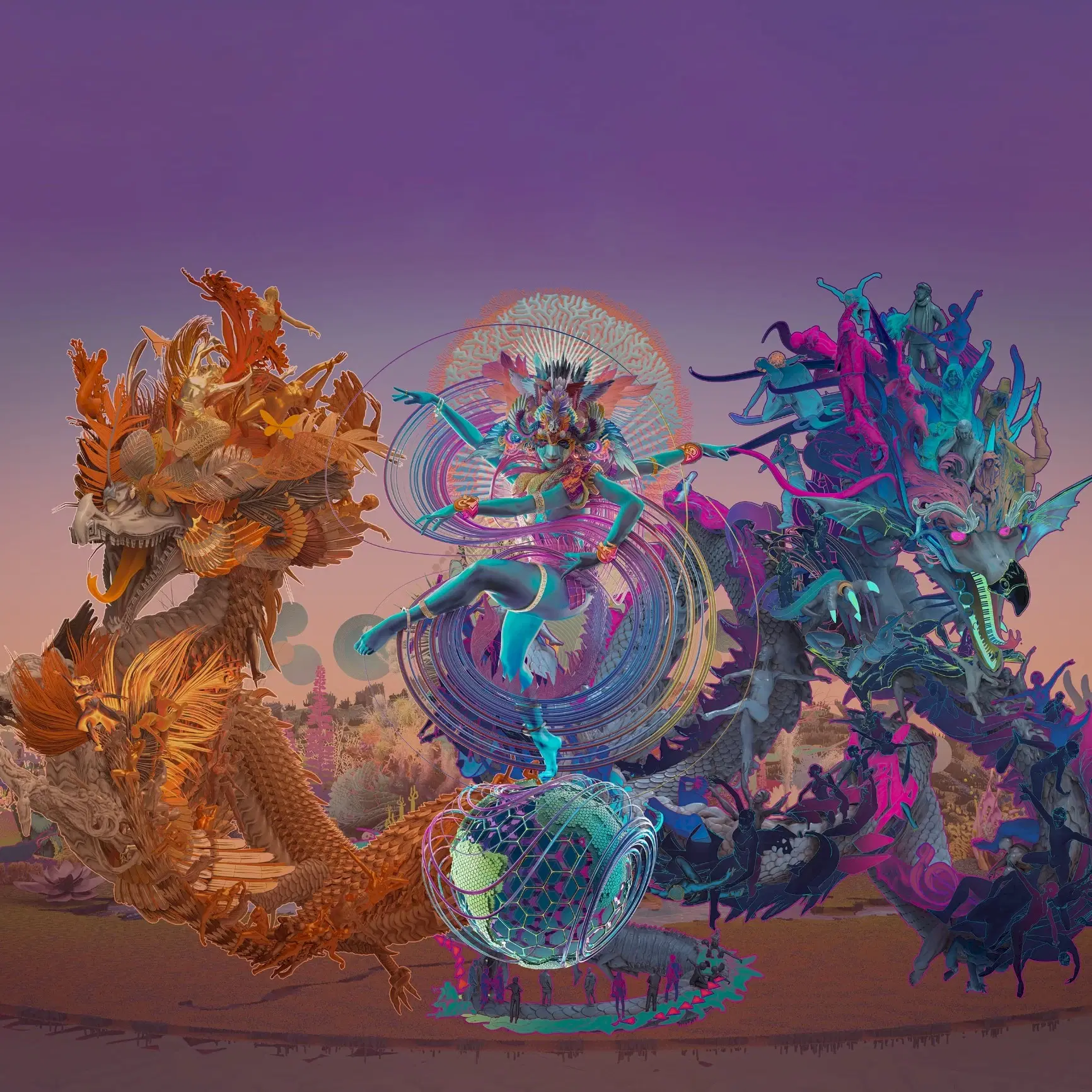Environment
ENERGY
Many Small Solutions to a Big Challenge
The energy demands of modern lifestyles, particularly in the so-called 'First World,' are immense - and Boom is no exception. Meeting these energy needs while minimizing our environmental impact is one of the greatest challenges we face today.
Electric energy is essential to the operation of Boom, but the question we continually ask ourselves is: how can we power the festival in a way that respects the planet? Over the years, we've discovered and implemented a growing number of small, yet impactful solutions to address this big challenge. Here’s a look at what we’ve accomplished so far...
ENERGY PROJECTS FLASHBACK
We did a community-based project to collect waste veggie oil:
• In 2008, Boom collected and re-used 45,000 litres of waste vegetable oil for the generators. This avoided the emission of 117,000 kg of CO2 into the atmosphere.
• The vehicles used (one truck, two vans) run on waste vegetable oil.
• Boom had two generators: one 100 kVA and one 80 kVA generators that run on waste vegetable oil.
2010 marked a new location of Boom Festival and the start of an experimental project.
• Boom built 3 small mobile photovoltaic stations with six 80 watts panels. They were used to power the offices of areas such as Main Production, Sacred Fire, Healing Area and Ambient Paradise, and generated 2.4 kWh per day.
• The fourth solar station produced at the Boom Lab had an output of 3.2 kWh of solar energy per day.
• Boom Lab also developed a bigger station that was placed near the Main Production and workshops. Following the tilt of the sun, 18 panels produced 8.6 kWh of solar energy per day.
Boom off the grid was a new project in 2012 within the realm of energy efficiency. It was developed by our in-house team under the Boom Lab experimental initiative.
It involved four different sub-projects:
- Solar and waste vegetable powered generators run the Healing and Sacred Fire areas.
- A clean energy irrigation system covering 50 hectares of land, energised by solar power.
- The entire Production Village powered by the sun.
- The generator of the Liminal Village powered by a combination of wind solar energy and conventional fuel.
Some of the results of the 2012 edition were:
- 25% of the festival area was operating independently of the mainstream electrical matrix as we took Boom’s Environmental Program to the next level
- 45.000 litres of vegetable oil used as biofuel, reducing CO2 emissions by 117 tons.
- 80,000 litres of lake water used for irrigation pumped daily using Boom’s solar pumps.

Energy infographic published in the Boom 2014 website
Energy, out of festival days, was supplied by solar panels with a mixed system using generators when batteries are down (until 2016) and merging with the grid (from 2018 on).
When there was sun and batteries were good, off-grid energy supply could get up 90% of daily needs. Portugal has around 50-60% of clean energy supply from the grid.
In 2016 90% of camping was powered by solar lighting.
From 2018 on we installed at Boomland:
- New solar water pump system for irrigation (Central Plaza area).
- Reinforcement of the panels and batteries from production area that runs all year round.


